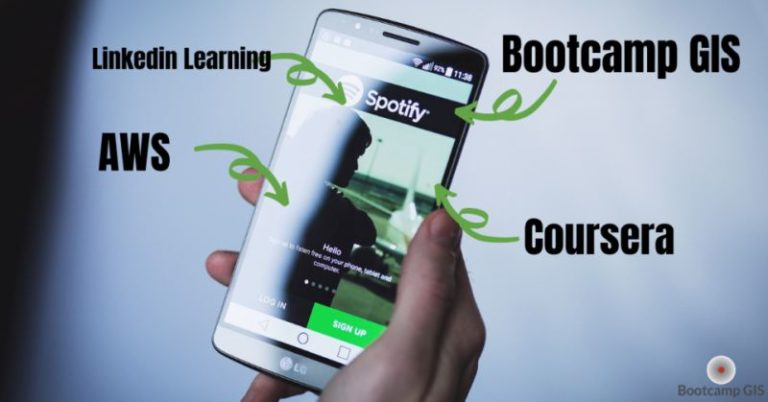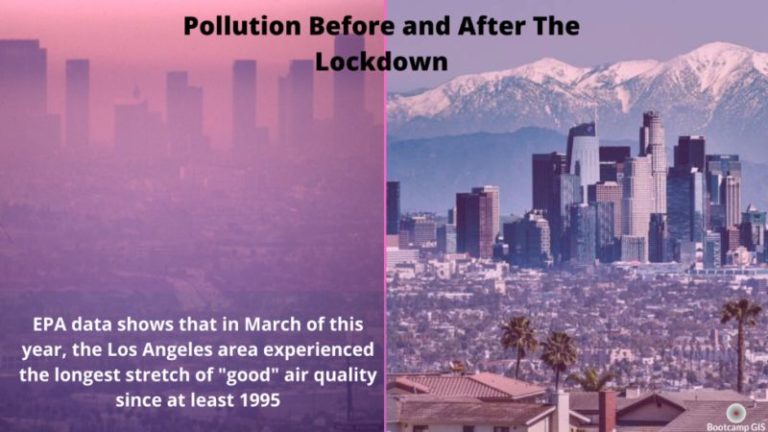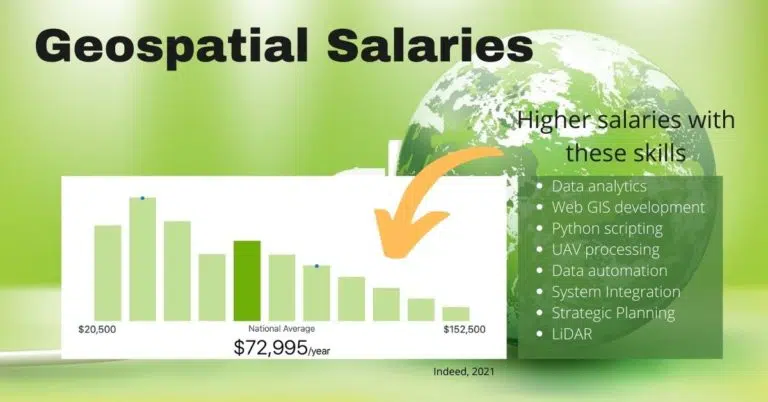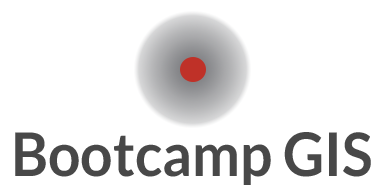COVID-19 and contact tracing
In the midst of the COVID-19 pandemic, contact tracing has become an important tool which many countries have adopted in hopes of controlling the spread of the highly contagious virus. Contact tracing is a method used in which trained staff interview people who have been diagnosed with the disease to figure out who they may have been in contact with. Then they find those people they may have been exposed to, and encourage them to self-quarantine to prevent further spreading of the disease.
We have seen a rise of geospatial professionals being tasked in health and human services departments to help map out everything from COVID cases to immunization sites. As a GIS analyst we frequently analyze spatial data and tracing potential proximity events can be applied to contact tracing to help find potential contact events. Contact tracing is becoming more popular, especially within GIS jobs during the age of this pandemic. The necessary skills would require a data collection, analysis and web sharing which are skills taught in some GIS certificate programs.
Rising popularity
This technique has been very popular because of the crucial importance of identifying individuals who have been in contact or exposed to the virus and quickly isolating or quarantining them. Contact tracing has been used in the past during the SARS outbreak in 2003 as well as the Ebola outbreak in 2014 and among other diseases. As COVID-19 has gone global, many countries around the world have implemented contact tracing to combat the virus. Countries such as South Korea and New Zealand are some of the ones that have used this tool aggressively in an attempt to control outbreaks.
How contact tracing works
Once someone has confirmed to be infected by the virus, contact tracers try to contact others who have been exposed to that person. This typically means they were at least within 6 feet of the infected person for more than 10 minutes. Health care workers then reach out to those contacts, explain to them that they may have been exposed and give them instructions on what to do next, which typically results in them quarantining or telling them about possible symptoms they may have.
When is it more effective?
Contact tracing has been found to be most effective when there’s low levels of infection within a community. The reason is that once it gets to the point where there’s a lot of people who have a particular disease, it overwhelms the health department’s response in keeping track of the amount of people needing to be contacted. With this particular virus, which can be spread through the air, it can quickly complicate things. COVID-19 makes it more difficult for contact tracers, for instance trying to find those who sat next to an infected person on public transportation.
Contact tracing across cities in the U.S.
Today in the U.S., efforts to expand on contact tracing have occurred in several cities. San Francisco is among them, announcing a pilot program with a tech company with around 250 outreach workers to be trained. The state of Massachusetts is bringing in around 1,000 contact tracers. Although it’s a start, it does not compare to the level in which other countries have stepped up to when it comes to contact tracing. Are you interested in joining the fight against the novel coronavirus?








